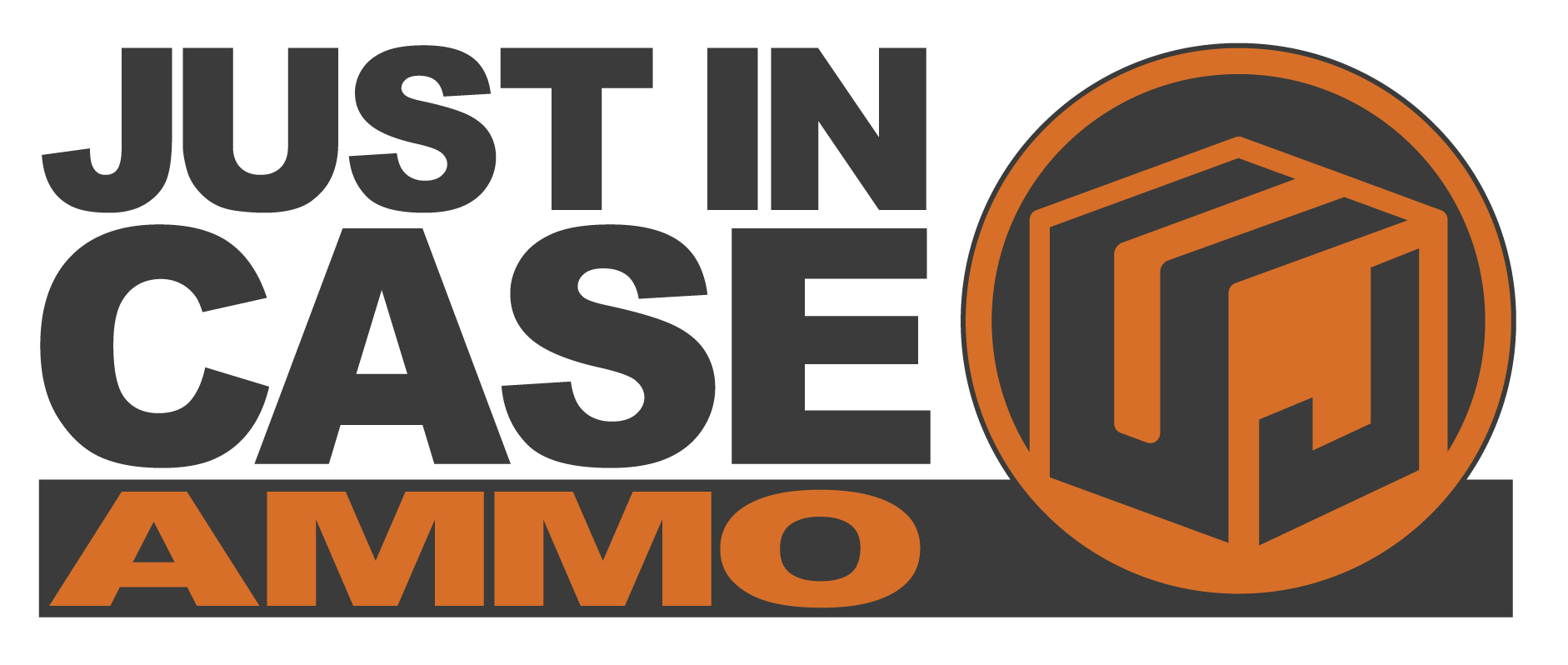There are several ways to place a dollar figure on your next long-gun purchase
We’ve all had the thought run through our minds of how much is too much when shopping for a new rifle.
While the final number will vary based on an individual’s disposable income, there are a handful of planning considerations that have a direct impact on how much money makes sense.
The Power of Want
How much we want that new rifle is the biggest wildcard when defining a budget. In a rational world, want is responsibly linked to disposable income.
If you can afford it and want it, there’s no reason to wait. Buy, buy, buy!
However, it’s always a bad idea to buy something that we can’t really afford.
This action is often defended with “Guns are a great investment!” No, they are not. Investments increase in value and the overwhelming majority of guns do not.
The Plane Ticket Factor
If you’re going to buy a plane ticket to take your rifle somewhere, it’s time to get serious about the rifle.
Purchasing a plane ticket is a significant expense, as is the rental car and hotel that will likely accompany the plane ticket.
A plane ticket usually means participation in a competitive event or a training program where a rifle failure generates a painful opportunity cost.
Suddenly that cheap rifle just ruined an expensive trip because it broke or failed to perform when needed.
It’s difficult to pin down exact numbers, but if I’m taking my rifle on an airplane there’s a good chance that rifle costs $1,500 or more.
It’ll likely have a high-quality trigger made by someone like TriggerTech or Timney because trigger failures are the most common failures and are difficult to repair in the field.
The scope and mount will also likely cost at least that much.
Cheap scope rings and thin scope maintubes found on cheap scopes commonly lead to a wandering zero because someone over-tightened the rings.
Spend Enough to Get The Job Done
So often rifle shooting is conceptually limited to getting it zeroed at the range before heading off for a local deer hunt, frequently from a stand.
A $400 rifle is perfect for this scenario and makes a ton of sense because that’s about all the gun that’s really needed.
However, when the distance to the target increases and it might be necessary to shoot from a seated or kneeling position, suddenly we’re asking a lot more of our rifle.
Rifles in this scenario need to have rigid stocks that allow for mounting a bipod or tripod.
Injection-molded polymer stocks are not a good choice for this type of work; carbon fiber, fiberglass, or a chassis is a better choice.
This, and the other refinements that often accompany a better stock, usually push the cost up to the $1,500 to $2,000 category.
The Value of Time
It’s rare to think of what a rifle costs in time, but they all carry this hidden price tag. It takes time to get to know a new gun and to learn how to get the desired performance from it.
As a rule, the cheaper the rifle the more time it’ll take to get to where you want to be.
Whether it’s finding a load that a finicky rifle shoots well or learning what a cheap stock will and won’t allow in the field, it takes time to learn.
However, a rigid carbon fiber stock housing a quality barreled action usually contains no unpleasant surprises. In most cases, the more money you spend on a rifle and scope the less time you spend troubleshooting it.
Think of costs in both time and money.
Cheap rifles are a great pick when they don’t have to do much, which is usually the case.
If you want to shoot long distance from anything other than a bench or plan on traveling with your rifle, plan on spending around $1,500 or more.
No matter what rifle you choose, don’t forget the time you’ll need to spend getting to know your new gun.






